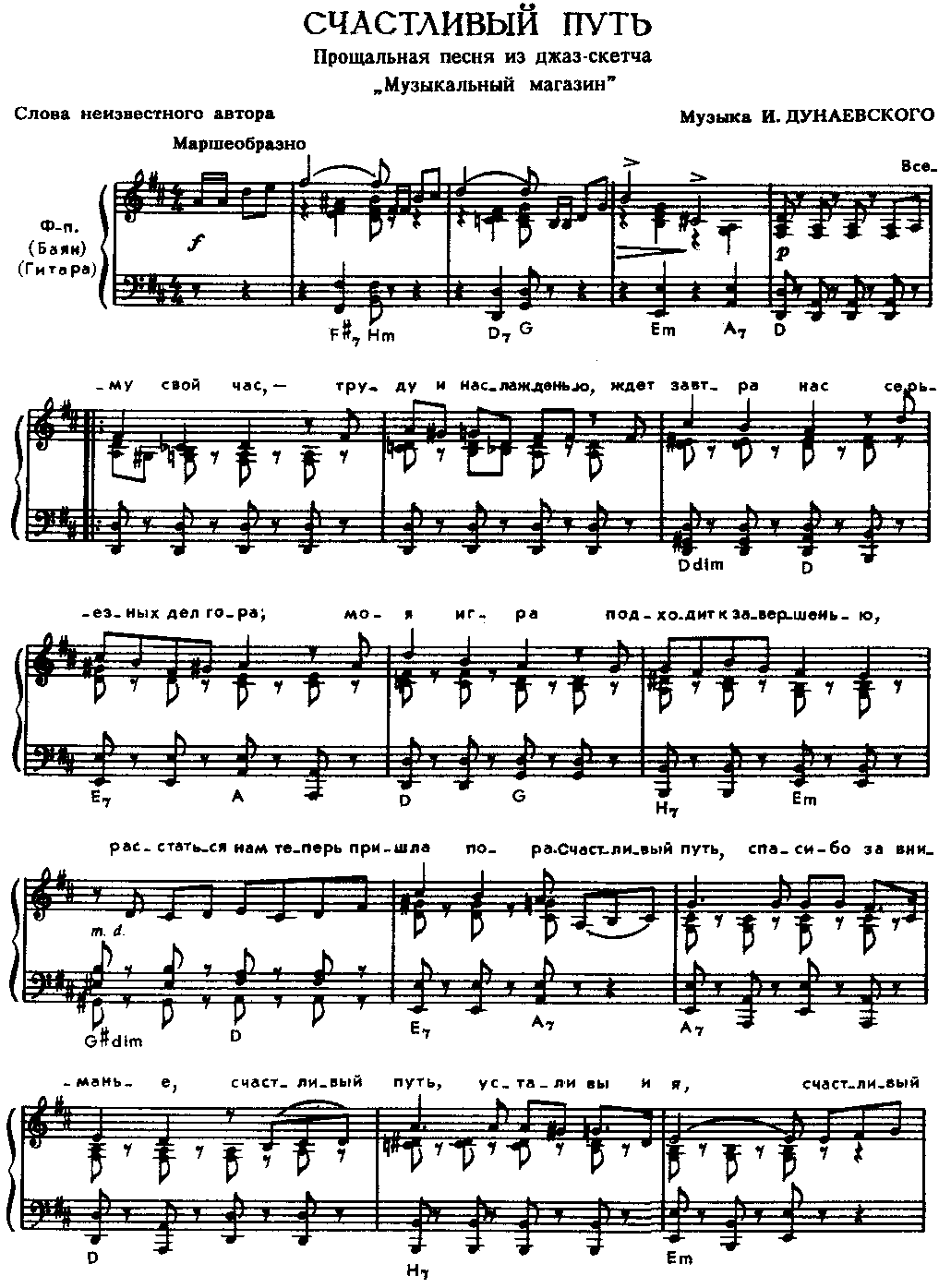
Delivering Good: Discover the New DoorDash. Satisfy your cravings. Experience a world of food, with your favorite restaurants at your fingertips. I'm ready to eat. ChemSpider is a free, online chemical database offering access to physical and chemical properties, molecular structure, spectral data, synthetic methods, safety information, and nomenclature for almost 25 million unique chemical compounds sourced and linked to almost 400 separate data sources on the Web. Arturia analog lab keygen.
Graphene is an optical material of unusual characteristics because of its linearly dispersive conduction and valence bands and the strong interband transitions. It allows broadband light-matter interactions with ultrafast responses and can be readily pasted to surfaces of functional structures for photonic and optoelectronic applications.
Recently, graphene-based optical modulators have been demonstrated with electrical tuning of the Fermi level of graphene. Their operation bandwidth, however, was limited to about 1 GHz by the response of the driving electrical circuit. Clearly, this can be improved by an all-optical approach. Here, we show that a graphene-clad microfiber all-optical modulator can achieve a modulation depth of 38% and a response time of ∼2.2 ps, limited only by the intrinsic carrier relaxation time of graphene.
This modulator is compatible with current high-speed fiber-optic communication networks and may open the door to meet future demand of ultrafast optical signal processing. Graphene is known to exhibit a variety of exceptional electronic and photonic properties. Because of its unique electronic structure, a graphene monolayer can have a constant absorption coefficient of 2.3% over a wide spectral range from the visible to the infrared with the low-frequency part tunable by external fields (e.g., electrical-bias tuning of the Fermi level or optical excitation of carriers leading to Pauli blocking of part of the interband transitions). The relaxation time of the photoexcited carriers is only a few picoseconds, dominated by electron–phonon interactions and cooling of hot phonons. Compared to many other materials for ultrafast optics, graphene has the unique merit of possessing exceptionally high nonlinearity over a broad spectral range with ultrafast response.
Tarini Khuro Books By Satyajit Ray. Satyajit Ray is a famous Bengali writer. He is the author of some of the extraordinary characters of Bengali literature including Feluda, Professor Shonku and Tarini Khuro. Jan 16, 2012 books 2011. Jan 16, 2012 1 min read #books #musing. I always tell myself to read more books. Somehow last year wasn’t too much of a success. Here are some books (not necessarily recently published) I managed to read in 2011, listed in no particular order, which I would not hesitate to recommend to others. Ariya lauretti noti pdf en. Aug 18, 2013 Tweet with a location. You can add location information to your Tweets, such as your city or precise location, from the web and via third-party applications.
Being atomically thin, it is also highly flexible to be incorporated into other photonic structures. Recently, by electrically tuning the Fermi level of a graphene film, pasted onto a planar waveguide to modify the interband transitions of graphene, Liu et al. Have successfully demonstrated a high-speed graphene-based optical modulator. The modulation bandwidth was however limited to ∼1 GHz by the response time of the bias circuit. For future optical data processing, a modulation rate larger than 100 GHz is needed. Obviously, the “electrical bottleneck” on the modulation rate can be circumvented by an all-optical scheme but to date graphene-based ultrafast all-optical modulation (e.g., bandwidth >100 GHz) has not yet been reported. Here, taking the advantage of the mature platform of fiber optics, we report a graphene-clad microfiber (GCM) all-optical modulator at ∼1.5 μm (the C-band of optical communication) with a response time of ∼2.2 ps (corresponding to a calculated bandwidth of ∼200 GHz for Gaussian pulses with a time-bandwidth product of 0.44) limited only by the intrinsic graphene response time.